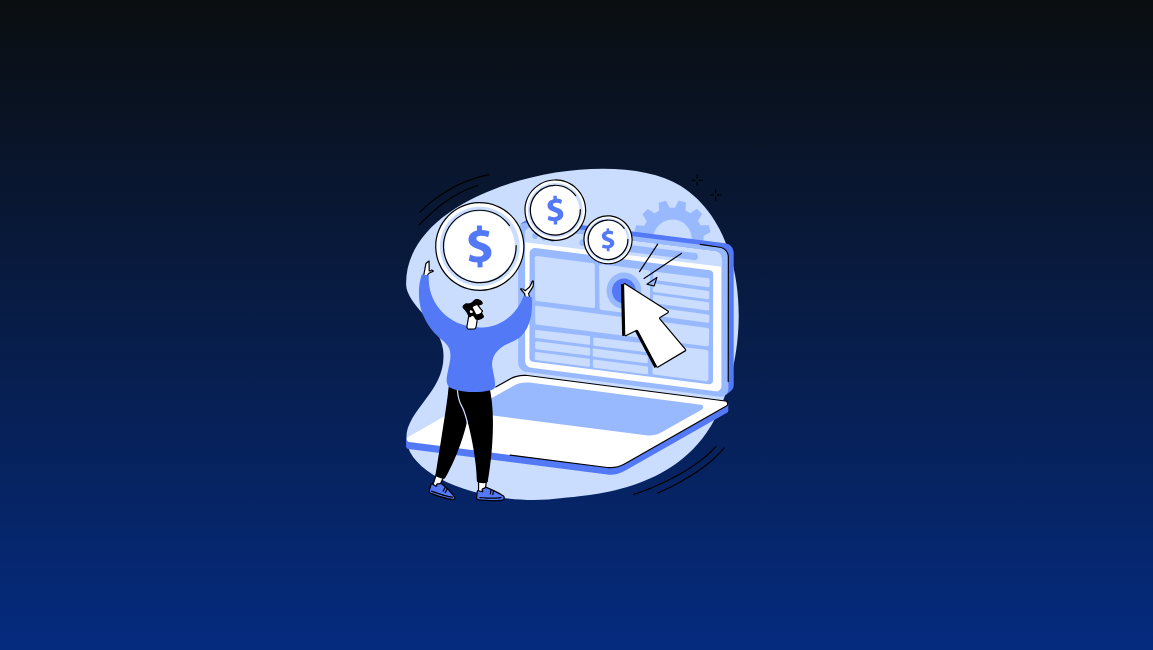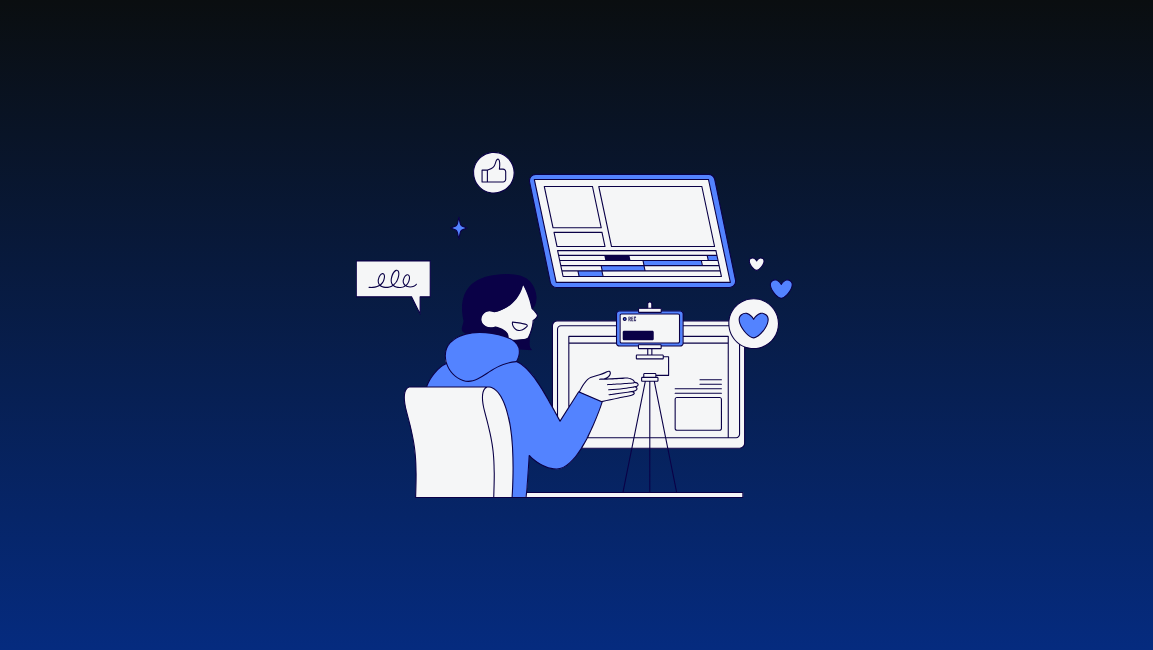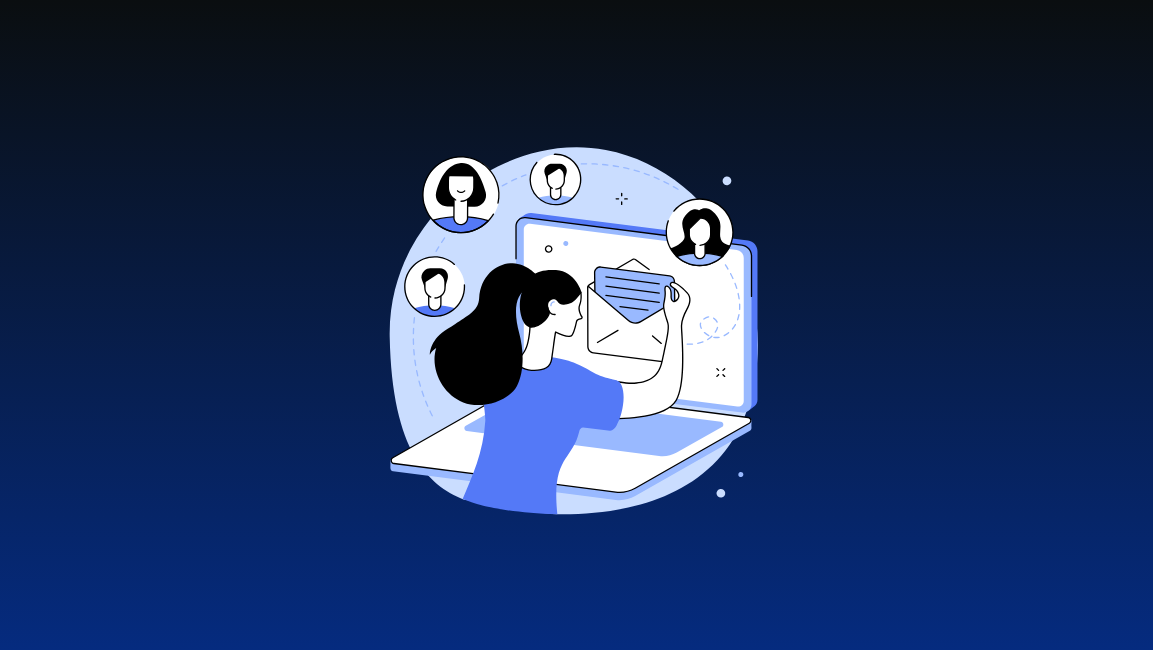This week I want to touch on a subject that only a few brands get in the process of scaling their brand. I’ve named it the Holy Trifecta of eCommerce Scale because if you truly nail these 3 parts of your business growth is inevitable.
So to start out you could have guessed it ROAS is not part of the holy trifecta. You will not build a sustainable and growing business if you just focus on the ROAS / money in vs money out. It’s a very shortsighted way of looking at business growth. While this stood a chance back in 2017, nowadays you have to build a business on more than just that ROAS pillar to drive incremental but also steady growth for your business.
By focussing on these 3 elements you are continuously developing them. The beautiful part is, that if you focus on either one the others will improve as well. So basically the ripple effect is strong on this one.
Let’s break them down.
Your CPA (Cost Per Acquisition)
Your CPA is the first one of them all and the one that requires the most resources. It ultimately is the thing you will spend most of your money on as you need to acquire new customers to grow your business. It’s something that you partly have control over and partly do not. It’s heavily impacted by the advertising costs on Meta, Google and TikTok also known as your CPM. These costs are always going up, but of course, there are periods of the year when big advertisers pull back spend allowing small advertisers to get lower CPMs. Ultimately your CPA is impacted by the number of people you are able to get on your site and the way your site converts.
Let’s say your site converts at 2% and you spend $100 on ads with a CPC of $0.30. This means roughly 333 people will end up on your site and it’s up to your landing page or website to convert these people. To bring down your CPC you need to focus on your ad, and how can you improve your ad so more people will stop the scroll and click on it. This is improving your CTR (click-through rate). This can be tricky, as you need to make sure the messaging of your ad which is the actual ad and the copy that goes alongside it matches the thing you’re trying to sell, otherwise the people that clicked will end up leaving as it’s not what they were promised on your ad. It’s quite a lot to take in but nailing this and making sure the traffic that clicked on your ad is actually targeted is like striking on gold. Let’s do the math and assume all of your ad traffic is targeted and interested in your product:
-
- Conversion rate: 2%
- Amount spent on ads: $100
- CPC: $0.30
- Visitors: 333
- AOV: $50
333 visitors X 2% = 6 conversions X $50 AOV = $300
So with the above example, we would have spent $100 on ads and gotten $300 back. This looks like a great return, but more often than not the case for brands would not be this colorful and numbers look far worse. Let’s say your CPC went up to $0.80. What would numbers look like then?
125 visitors X 2% = 2 conversions X $50 AOV = $100
There we go, we’re now breaking even without considering product costs. This is not profitable for most brands and can cause massive problems after a couple of weeks of advertising pouring money down the drain without making it back right away.
Actually, it’s not always about making money back right away. Many brands are okay with breaking even on the front end and making their money back after a certain amount of time. Let’s say 60 days after the first purchase. This is called your LTV (lifetime value) which is the second pillar.
LTV (Lifetime Value)
Your lifetime value is one of the most important things when it comes to scaling a business as the costs to acquire a customer are only going up. Focussing on improving your lifetime value and offering more value to your customers by giving them a reason to come back will pay itself back tenfold.
Many businesses do this through subscriptions. Having a monthly recurring purchase is amazing. products like supplements, food, drinks and wellness products are all great for that. There are categories where offering subscriptions is a little harder. Think fashion, pillows, mattresses, tech and gadgets.
With non-subscription businesses, it’s all about offering complementary products to the product you’ve already sold to increase the LTV. Here are a couple of examples:
Computer mouse -> Keyboard
Pillow -> Mattress
Wallet -> Backpack
Jeans -> Hoodies
Chains -> Earrings
I could go on for a minute, but I think this explains my point. Next to this, you could offer different variants like different colours or expendables to your product to increase the LTV of your customer.
Combining your CPA goals and LTV numbers can result in a lot of scale. Let’s do the math.
Business 1: AOV $50, CPA $40, 3-month LTV $60.
Business 2: AOV $50, CPA $40, 3-month LTV $150
Let’s say both businesses each spend $100,000 a month in advertising selling only 1 product at that $50 AOV.
Business 1: $100,000 / CPA $40 = 2,500 x $50 = $1,250,000 in sales
Business 2: $100,000 / CPA $40 = 2,500 x $50 = $1,250,000 in sales
Let’s look at these cohorts after 3 months
Business 1: $1,250,000 + 2,500 x $10 = $1,275,000 in sales
Business 2: $1,250,000 + 2,500 x $100 = $1,500,000 in sales
That’s $225,000 in EXTRA revenue for business B without spending any money extra on advertising. Business B will crush Business 1 in the long run and acquire and retain a lot more customers due to not only their own acquisition methods but also the snowball effect this creates as they retain customers a lot longer than business A and surely more and more of their customers will tell their friends and family about their product.
But how did business B increase its LTV? Well, there are many things that can improve the LTV of a business. In my opinion, the biggest one is customer experience, which brings us to the final part of the Holy Trifecta of eCommerce Scale.
Customer Experience
The good old saying: “it’s much more expensive to acquire a new customer than to retain one” It’s cringy but 100% true still. Your customer experience plays such a big part into retaining customers and them wanting to come back. Things you can do to improve customer experience to give you some examples:
-
- Send personalized cards with the first order
- Have an amazing unboxing experience
- Call customers after they placed 5 orders
- Send them repurchase emails if you have a subscription product, BUT lead with value
- Send customers instructions on how to use your product (physical and via email)
- Have a loyalty program to customers are incentivised to spend more
These are just some of the things we advise our partners to do, but of course, with a bit of thinking we can create a list that’s 4 times bigger than this one.
I want to lace the 3 elements together, as they have an impact on each other, it trickles down and can cause a big snowball effect.
🙌 Drop your cost per acquisition, you can spend more effort on the customer experience from the money you saved to acquire a customer.
😊 Increase the customer experience and your cost per acquisition will drop due to more word of mouth as people enjoy the experience more AND your lifetime value goes up as your product adds more value to your customers.
📈 Increase your lifetime value and you can afford a higher Cost per acquisition on the front end which means you can scale harder.
Are you seeing the big effect these can have on your business? It amazes me that all you hear is ROAS and revenue and these 3 elements often go unnoticed while they are so fundamentally important for your business growth.
This is a guest contribution from D-DoubleU Media. The last agency you’ll ever have to hire, “we actually give a damn about your business.”




